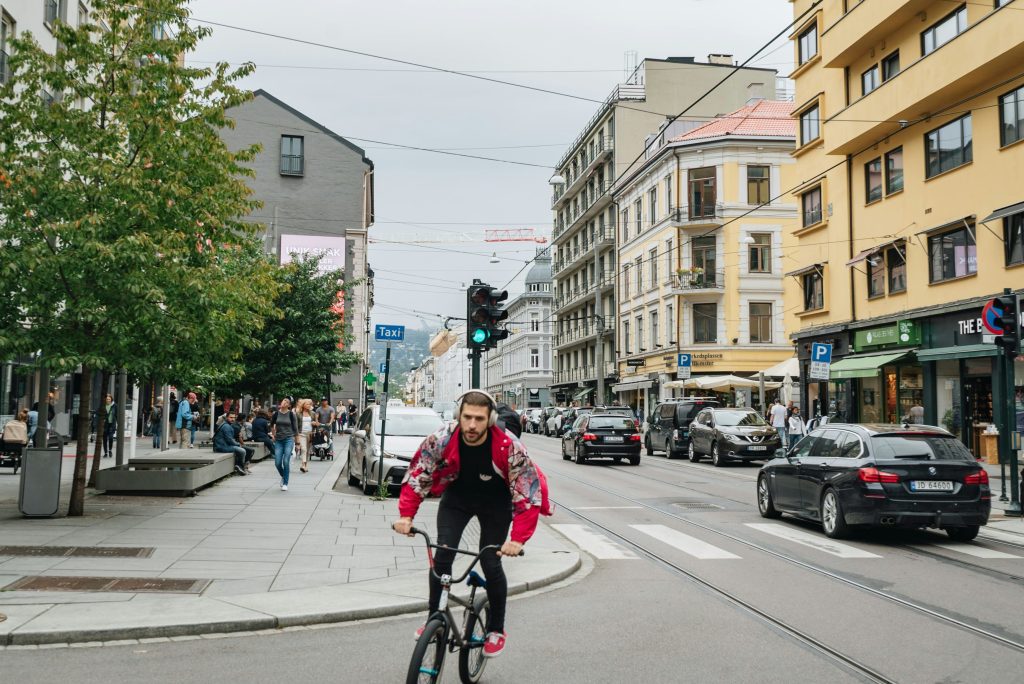In celebration of World Tourism Day, a new study has revealed the top European city breaks travelers can take from London, focusing on cities with the least air pollution. This aspect of travel has become increasingly important as travelers seek not only cultural enrichment but also healthier environments.
The study identified Reykjavik, Oslo, and Newcastle as the top three least polluted city destinations based on air quality scores and search volume data.
Iceland’s capital, Reykjavik, topped the list with the lowest pollution score of six. Known for its natural landscapes, Reykjavik attracted over 10,000 average monthly searches for city breaks. Its well-maintained air quality is a testament to Iceland’s strong environmental policies, which prioritize clean energy and the preservation of its unspoiled wilderness.
Oslo followed closely with a score of 13, bolstered by Norway’s dedication to green spaces and initiatives to reduce emissions. The city saw over 16,000 monthly searches from health-conscious travelers.
Newcastle, which placed third, recently introduced a Clean Air Zone in 2023, improving air quality to a score of 17, making it an attractive destination for eco-friendly city breaks.
Global health organizations such as the World Health Organization (WHO) have repeatedly highlighted the importance of clean air in urban environments. Poor air quality is linked to respiratory and cardiovascular diseases, while long-term exposure to pollution contributes to an increased risk of asthma and other chronic illnesses.
Choosing city break destinations with lower pollution is crucial for maintaining health, especially for families and individuals with pre-existing health conditions. Additionally, studies like WHO’s 2016 report on global air pollution have emphasized that around 91% of the world’s population lives in places where air quality exceeds guideline limits, further underlining the importance of selecting cleaner cities for travel.
In response to these growing concerns, sustainable tourism initiatives have been gaining momentum. For example, Oslo has embraced the European Green Capital Award, which incentivizes environmental protection and sustainable urban living. The city has committed to becoming carbon-neutral by 2030 through eco-friendly projects such as extensive cycling networks and low-emission zones. Reykjavik, on the other hand, is powered almost entirely by renewable energy sources like geothermal and hydropower. These initiatives not only improve air quality but also make these cities more attractive for travelers seeking eco-conscious destinations.
While London continues to rank among the most popular global tourist destinations, it also grapples with higher pollution levels. The city recently introduced the Ultra Low Emission Zone (ULEZ) to combat this issue. A report from Transport for London showed that the ULEZ expansion has led to a 44% reduction in nitrogen dioxide emissions within the central zone, significantly improving air quality. This initiative is part of a broader European movement to promote cleaner air and sustainable city living.
For those departing from London, a city break in one of Europe’s cleaner cities offers not only a cultural escape but also a health-conscious choice. With cities like Reykjavik, Oslo, and Newcastle leading the way in low pollution levels and sustainable tourism practices, travelers have more reasons to opt for these refreshing destinations over traditional, highly polluted urban centers like Paris and Rome. As sustainable tourism continues to grow, cities across Europe are expected to improve their air quality standards, ensuring cleaner, healthier experiences for tourists in the future.
- Jessica Bayley



